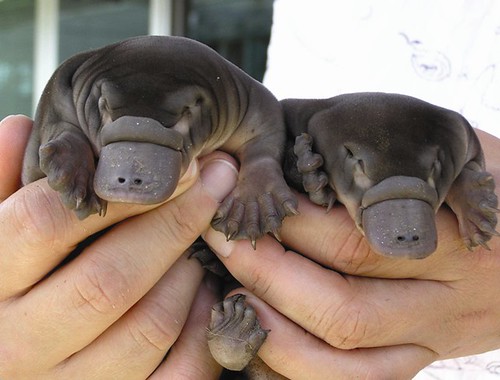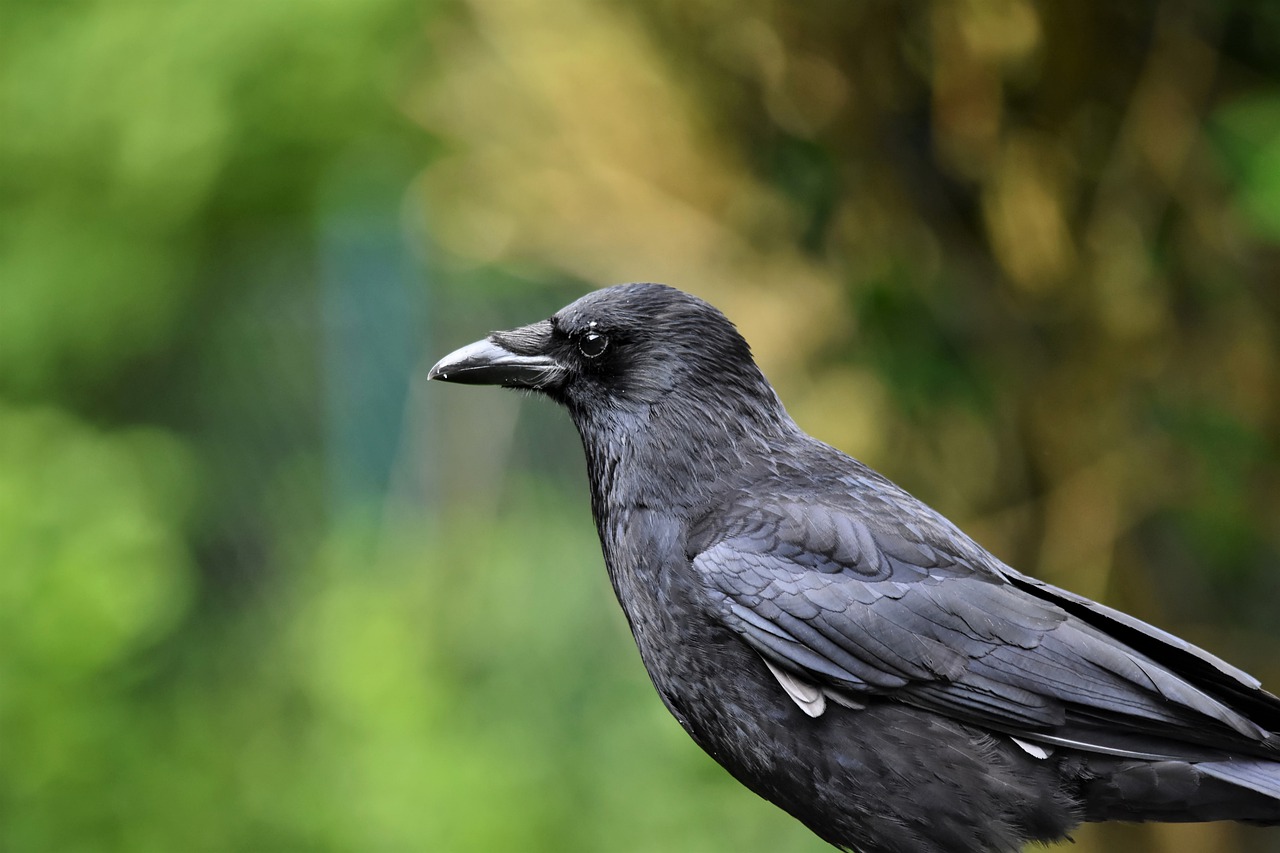When the first reports of an animal with the bill of a duck, the tail of a beaver, and the feet of an otter reached the shores of 18th century London, skepticism ran high. Skeptics were all the more fueled when George Shaw, a zoologist at the British Museum, expressed his doubts, suspecting some “deceptive preparation by artificial means.” Fast forward to today, the platypus, or Ornithorhynchus anatinus, as it was later scientifically named, stands out not just for its unique physical attributes but as a key to unlocking mysteries of evolutionary biology.

The discovery and acceptance of the platypus as a real and distinct species is a story of intrigue and scientific revelation. Initially thought to be a hoax, the platypus’s existence challenged the established natural history of the time. Shaw, upon receiving sketches and specimens from Australia, was hesitant to affirm its reality, suggesting the possibility of a fabricated creature. Yet, as more specimens arrived, the scientific community was forced to confront and eventually accept the reality of this paradoxical creature.
The platypus perplexed scientists for over 80 years as they attempted to place it within the tree of life. Its classification as a monotreme, an egg-laying mammal, further muddled the waters, representing a living link between birds, reptiles, and mammals. This classification alongside the echidna, underlines the platypus’s significance in understanding evolutionary biology.
The creature’s oddity extends beyond its appearance and reproductive behavior. Platypuses possess electroreceptors for locating their prey in murky waters, a trait shared with some species of fish but rare in mammals. Their eyes, equipped with double cones, suggest a capacity for color vision beyond that of most mammals, adding another layer to their uniqueness. Moreover, the absence of a stomach, a trait shared with some fish species, and the presence of ten sex chromosomes, further distinguish the platypus from its mammalian relatives.
Perhaps one of the most striking discoveries about the platypus is its biofluorescence, glowing under UV light. This trait, rare among mammals, has intrigued scientists, prompting further study into the evolutionary advantages or purposes it may serve.
The platypus’s venom, another peculiar feature, positions it among the few species of venomous mammals. The male platypus has a spur on its hind foot capable of delivering a venom powerful enough to cause severe pain to humans and lethal to smaller animals. The venom’s composition, primarily defensin-like proteins, suggests a dual role in immune defense and predator deterrence.
Electrolocation, venom, biofluorescence, and an unusual array of physical characteristics render the platypus an enigma of the animal kingdom. However, it’s not just the peculiarities that make the platypus significant. Its existence offers insights into the evolutionary pathways that have shaped the diversity of life on earth. The sequencing of the platypus genome has revealed a mix of mammalian, bird, and reptile genes, highlighting the intertwined history of these vertebrate classes.
The platypus’s relevance extends beyond scientific curiosity. It plays a significant role in its natural habitat, contributing to the ecological balance within its ecosystems. Moreover, it has become an emblem of Australia’s unique biodiversity, celebrated in cultural references and conservation efforts.
However, like many of the world’s unique creatures, the platypus faces threats from habitat destruction, pollution, and climate change. Its conservation status, listed as “Near Threatened,” underscores the need for continued efforts to protect this remarkable creature and its habitat.
The platypus stands as a testament to nature’s ingenuity and complexity. From its initial dismissal as a figment of imagination to its current recognition as a cornerstone in the study of evolutionary biology, the platypus continues to fascinate and educate. Its story is a reminder of the wonders that lie in our world, waiting to be discovered and understood. As we delve deeper into the mysteries of the platypus, we unlock not just the secrets of one of nature’s most unusual creatures but also the broader mysteries of life on earth.
Related posts:
The platypus: What nature’s weirdest mammal says about our origins
What’s a Platypus?: The Weirdest Animal Type Finally Answered!
Wikipedia





